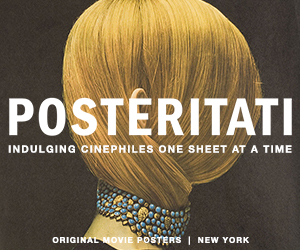The main character of Lady Macbeth gives Shakespeare’s infamous villainess a bad name. On a rural estate in 19th-century England, Catherine (Florence Pugh) finds herself trapped as a purchased wife, expected to dress finely each morning, sit quietly on a couch all day, and make herself sexually available to her distant husband each night (even though he expresses little interest). With nothing left to lose, Catherine engages in small acts of insubordination (going for a walk!) that grow more impertinent, and eventually evil. As such, Lady Macbeth is more complicated than a feminist revenge tale (though it works that way too). At heart this is a character study of a ruthless and wily soul, one whose outrageously awful acts we can somewhat understand. Pugh is up to the task, her face transitioning from girlish giggles to a creepily impassive stare. When she sits silently on that couch, not moving an inch, you can feel the seething within her. Director William Oldroyd emphasizes this stillness with a minimalist aesthetic: fixed cameras, little dialogue, and almost no music—allowing for a sound design of echoing steps and creaking chairs, which capture the hollowness of this home. If Lady Macbeth of Shakespeare found herself visiting here, even she would be scared.



